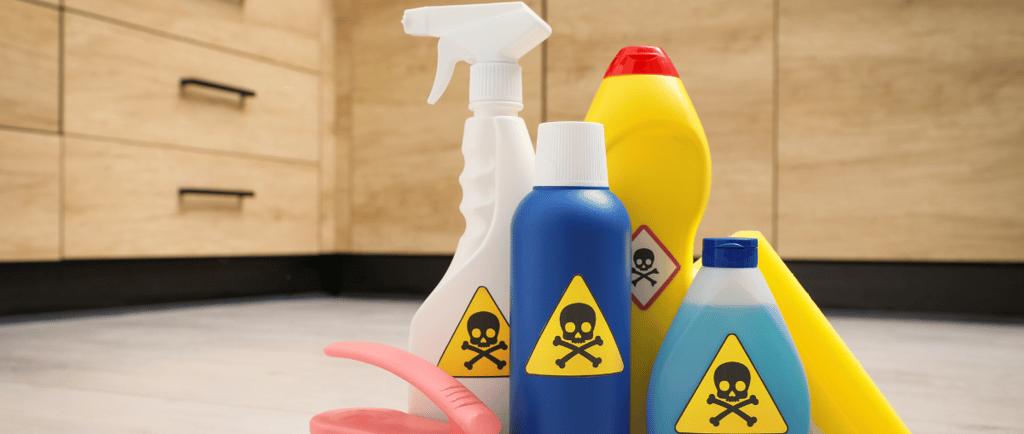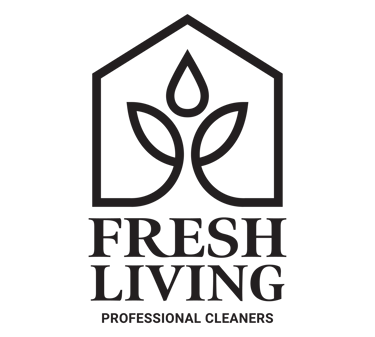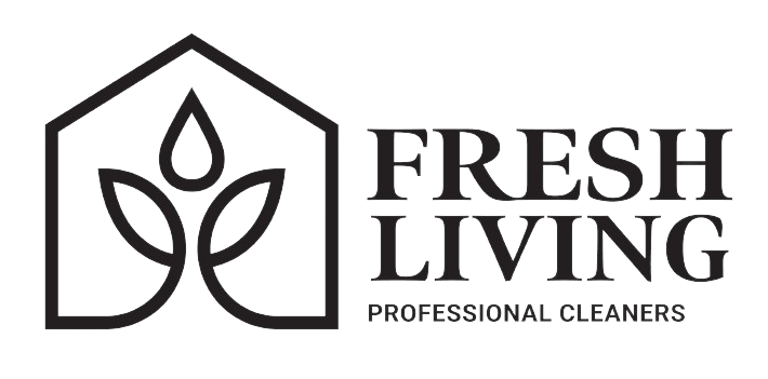10 Tips to Safeguard Kids from Cleaning Products
Child safety is paramount in every household, especially when it comes to potentially harmful substances like cleaning products. In this article, we'll explore ten essential tips to safeguard kids from the dangers associated with cleaning supplies.
5/7/20243 min read


Ensuring the safety of children within the home environment is a top priority for parents and caregivers alike. One often-overlooked aspect of child safety involves the proper handling and storage of household cleaning products. While these items are essential for maintaining a clean and healthy home, they can pose significant risks to curious children if not managed correctly.
Store Cleaning Products Safely
Locked Cabinets: Utilize cabinets equipped with childproof locks to store cleaning products out of reach of young children.
High Shelves: Store cleaning supplies on high shelves where children cannot access them without assistance.
Childproof Latches: Install childproof latches on cabinet doors to prevent children from opening them without adult supervision.
Ensuring that cleaning products are stored securely is the first step in safeguarding children from potential harm.
Use Childproof Containers
Child-Resistant Packaging: Choose cleaning products that come in child-resistant packaging to add an extra layer of protection.
Secure Caps and Lids: Ensure that all cleaning product containers have tightly secured caps or lids to prevent accidental spills or ingestion.
Double-Locking Mechanisms: Consider using containers with double-locking mechanisms for added security, especially for highly toxic substances.
Investing in childproof containers can significantly reduce the risk of accidental exposure to cleaning products.
Educate Children about Dangers
Teaching Chemical Awareness: Educate children about the potential dangers of household chemicals and the importance of avoiding contact with them.
Explanation of Hazard Symbols: Teach children to recognize hazard symbols and explain what each symbol means in terms of safety.
Role-Playing Scenarios: Engage children in role-playing scenarios to help them understand how to respond if they encounter a potentially hazardous substance.
Empowering children with knowledge about the dangers of cleaning products can help them make safer choices.
Opt for Safer Alternatives
Natural Cleaning Solutions: Explore alternatives to traditional cleaning products, such as natural cleaners made from household ingredients like vinegar and baking soda.
Homemade Cleaners: Create homemade cleaning solutions using non-toxic ingredients to minimize exposure to harmful chemicals.
Non-Toxic Brands: Choose cleaning products from reputable brands that prioritize safety and offer non-toxic formulations.
Making conscious choices about the cleaning products used in the home can contribute to a safer environment for children.
Supervise Cleaning Activities
Age-Appropriate Chores: Assign age-appropriate cleaning tasks to children and supervise them closely to ensure their safety.
Direct Supervision: Provide direct supervision when children are handling cleaning products to prevent accidents or misuse.
Proper Handling Demonstrations: Demonstrate proper handling techniques for cleaning products and encourage children to ask questions if they are unsure.
By supervising cleaning activities, parents can teach children valuable skills while keeping them safe from harm.
Label and Organize Products Clearly
Clear Labels: Ensure that all cleaning product containers are clearly labeled with the product name, usage instructions, and safety warnings.
Organized Storage: Keep cleaning products organized and stored in designated areas to prevent confusion and minimize the risk of accidental exposure.
Color-Coded Systems: Implement a color-coded system for organizing cleaning products to make it easier for children to identify and access safe items.
Clear labeling and organized storage are essential for promoting safe handling of cleaning products in the home.
Secure Outdoor Storage
Garden Shed Locks: Install locks on garden sheds or outdoor storage areas to prevent children from accessing potentially hazardous gardening or cleaning products.
Garage Organization: Keep cleaning products in the garage organized and stored securely to prevent accidental exposure.
Safe Disposal Practices: Dispose of empty or unused cleaning product containers safely and according to local regulations to prevent environmental contamination.
Securing outdoor storage areas is crucial for preventing children from accessing dangerous substances outside of the home.
Regularly Check for Leaks and Spills
Inspection Routine: Establish a regular inspection routine to check for leaks or spills from cleaning product containers.
Prompt Cleanup: Clean up any spills or leaks immediately to prevent accidental exposure or contamination of other surfaces.
Preventative Maintenance: Regularly maintain cleaning product containers to ensure they remain sealed and secure to prevent leaks or spills.
Regular checks for leaks and spills can help prevent accidents and ensure the continued safety of children in the home.
Seek Professional Advice
Poison Control Hotline: Keep the poison control hotline number readily available and know when to call for help in the event of accidental exposure to cleaning products.
Pediatrician Consultation: Consult with a pediatrician for advice on childproofing your home and selecting safe cleaning products for use around children.
Safety Resources: Take advantage of safety resources provided by organizations such as the CDC or EPA to educate yourself and your family about safe cleaning practices.
Seeking professional advice can provide valuable guidance and support for ensuring the safety of children in the home.
In conclusion, safeguarding children from cleaning products requires a combination of proactive measures, including proper storage, education, and supervision. By following these ten tips, parents and caregivers can create a safer environment for children to thrive in. Remember, when it comes to child safety, prevention is key.


(609) 806 - 5565
help@freshlivingpc.com
Follow us on
